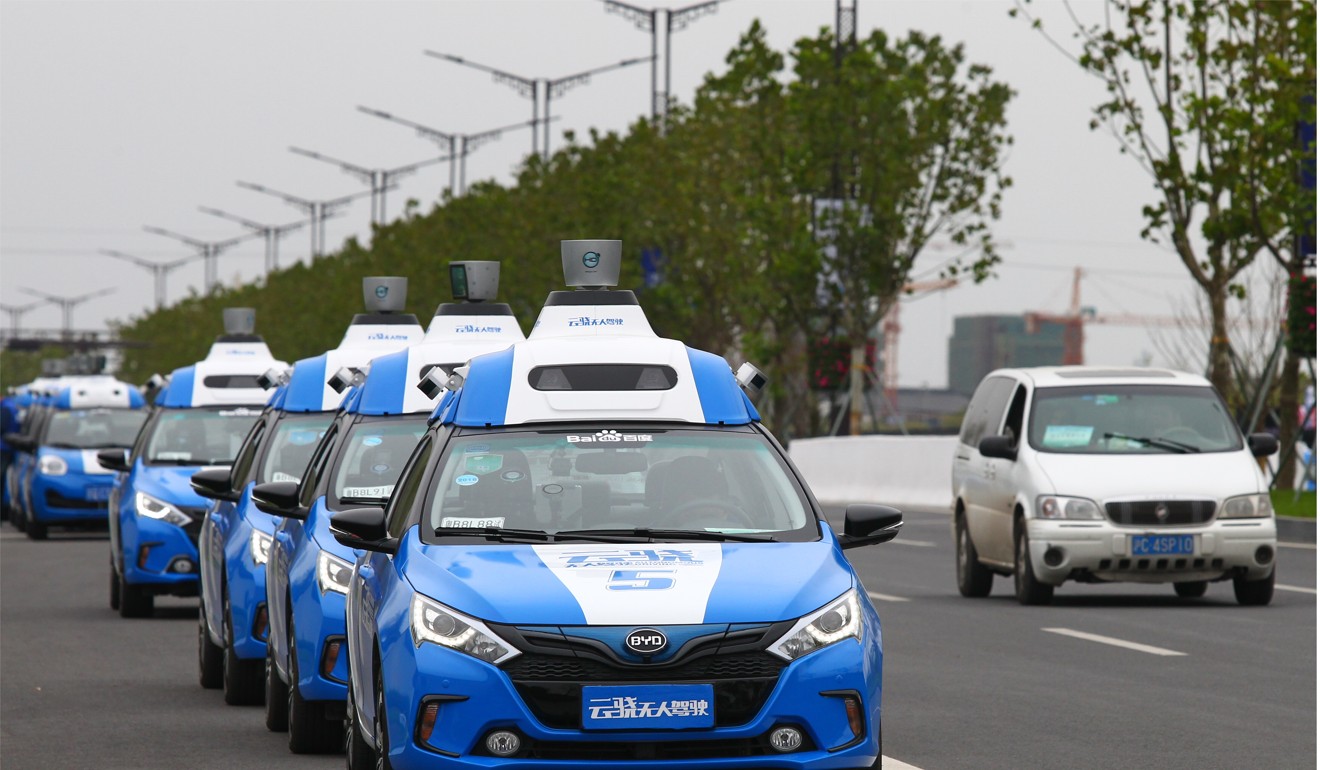China is closing the tech gap, says US agency … as federal shutdown forces it to partially close
The National Science Foundation’s temporary closure seems to underline its report findings that China is threatening the US’s tech dominance

Among the federal agencies disrupted by the brief US government shutdown was the National Science Foundation (NSF), which spends billions of dollars a year supporting technology-related research.
Somewhat ironically its partial closure, as a “non-essential” government function, came just two days after it published a report showing the US’ global dominance of science and technology is fast declining as “other nations – especially China – continue to rise”.
The NSF’s announcement via Twitter that “a lapse in government funding” had put its “websites and business applications” out of action seems to underline the reasons for the narrowing gap.
While the United States continued to lead the field last year, spending US$496 billion on research and development, China was a close second on US$408 billion.
“Our lead is decreasing in certain areas that are important to our country,” Maria Zuber, chair of the National Science Board, which oversees the NSF, said in a statement accompanying the report. “That trend raises concerns about impacts on our economy and workforce, and has implications for our national security.”
By comparison, China’s President Xi Jinping made the development of artificial intelligence and other advanced technologies a central theme in his address to the Communist Party conclave in October. The inclusion of technology in the leader’s most important address underscores the continued push by China’s top leaders to identify new pillars for an economy struggling to maintain its rapid growth amid industrial overcapacity and rising debt.

It also reflects a determination in Beijing that the country not lose out in the global race to master the next wave of technologies such as artificial intelligence, which Google CEO Sundar Pichai has said is “more profound” than electricity or fire.
China’s investment in R&D has increased an average of 18 per cent every year since 2000, giving it a 21 per cent share of the global industry today, while in the US that spending has risen just 4 per cent. The latter now accounts for 26 per cent of R&D spending worldwide.

Apollo [Baidu’s self-driving operating system] is an example of ‘China Speed’, demonstrating the rapid pace of China’s innovations and development
And China’s share of venture capital funding, which supports emerging technologies, grew from about US$3 billion in 2013 to US$34 billion in 2016, taking it from 5 per cent to 27 per cent of the global total, the report found.
For years, Chinese tech companies have cultivated a universe so large that it exists almost exclusively on its own – sustained by the country’s 1.4 billion people – but cut off from the rest of the world by Beijing’s so-called Great Firewall which blocks content not approved by the government.
“Apollo [Baidu’s self-driving operating system] is an example of ‘China Speed’, demonstrating the rapid pace of China’s innovations and development in the global autonomous driving industry,” said Lu Qi, the company’s vice-chairman and COO, at the recent CES technology trade show held in Las Vegas.
“To drive innovation requires infrastructure and a friendly policy environment. Policy innovation is just as important as technology innovation.”
Strong government support and the sheer size of the population have helped China to close in on the US in the race to develop artificial intelligence – seen by many as the holy grail of technology – according to Lu. Often dubbed “China’s Google”, Baidu was hand-picked as part of a “national team” of tech giants to lead the country’s efforts in developing autonomous cars and other AI applications.

Despite their nurturing domestic environment, Chinese tech firms often find it tricky to enter overseas markets like the US.
Earlier this month, Huawei was forced to launch its Mate 10 Pro smartphone on the “open market”, rather than in partnership with US carrier AT&T after the latter backed out of the deal, reportedly because of political pressure. It was the second US-China deal since the start of the year to fall through over national security concerns, after Washington rejected Ant Financial’s acquisition of US-based money transfer service MoneyGram International.
The US federal government shutdown is taking place days after the People’s Daily, a Communist Party mouthpiece, spoke of a “historic opportunity” to make China great again.
As of Tuesday evening in Asia, the NSF website said: “Due to the lapse in government funding, National Science Foundation websites and business applications will be unavailable until further notice. We sincerely regret this inconvenience.”